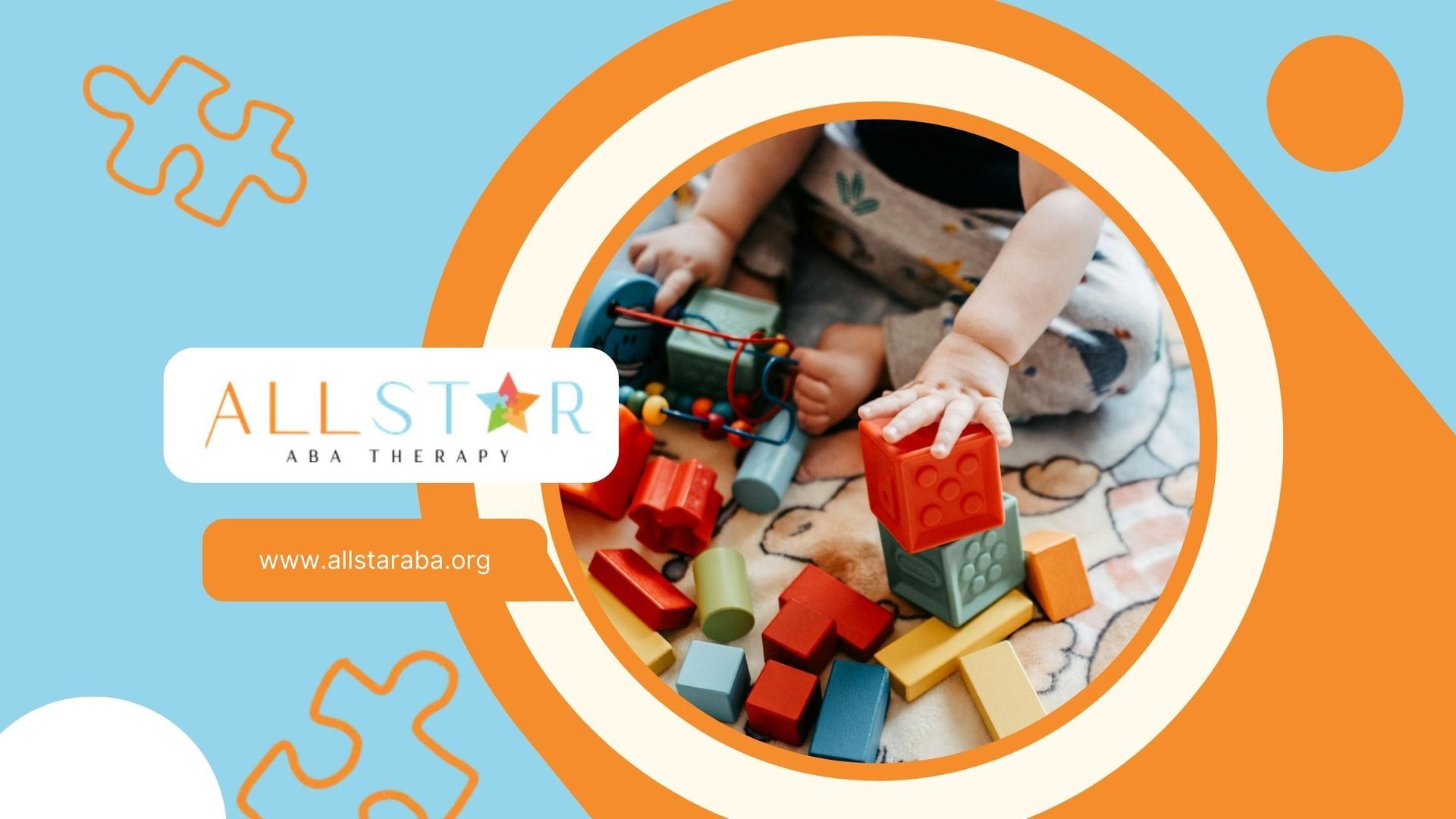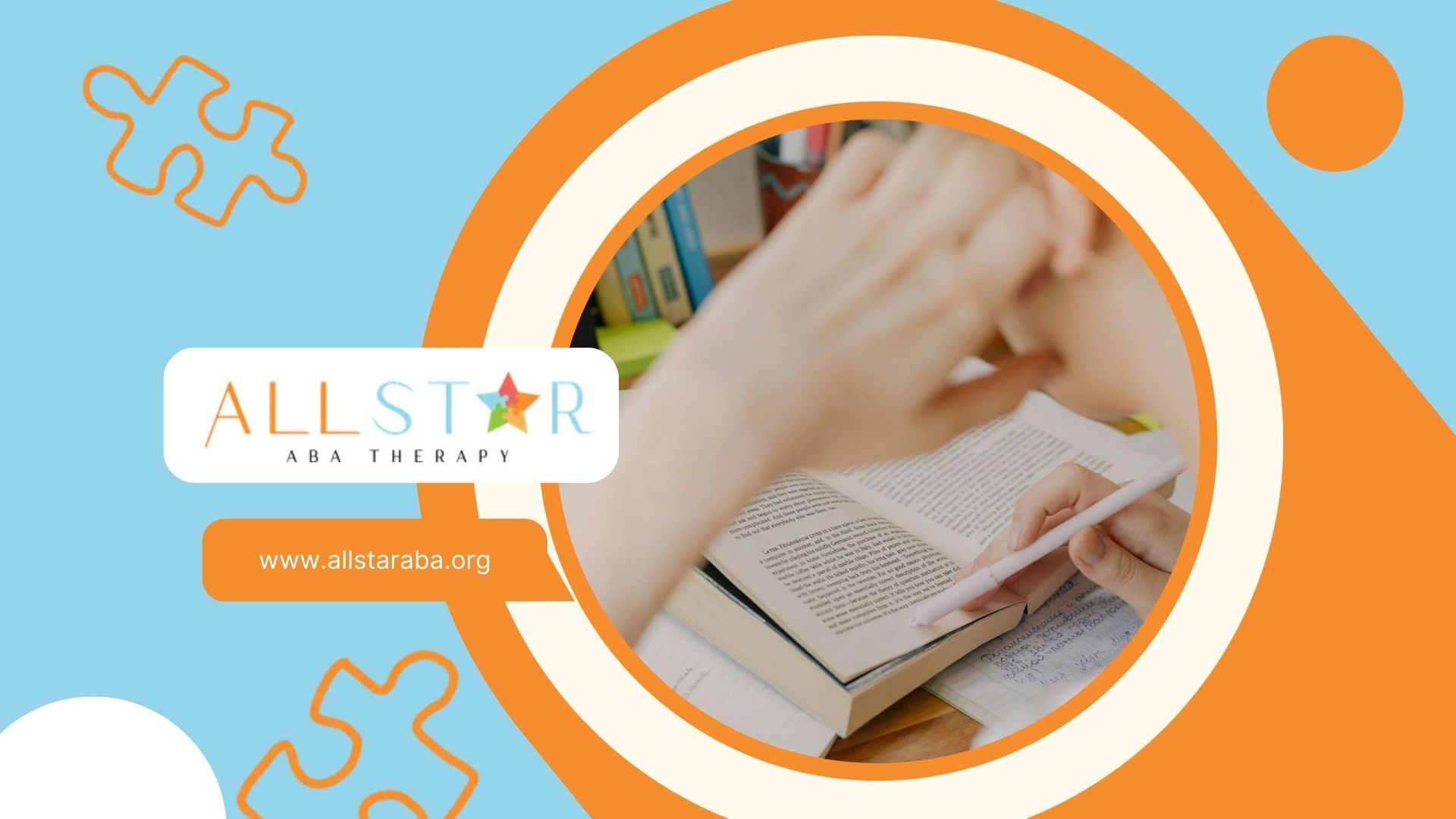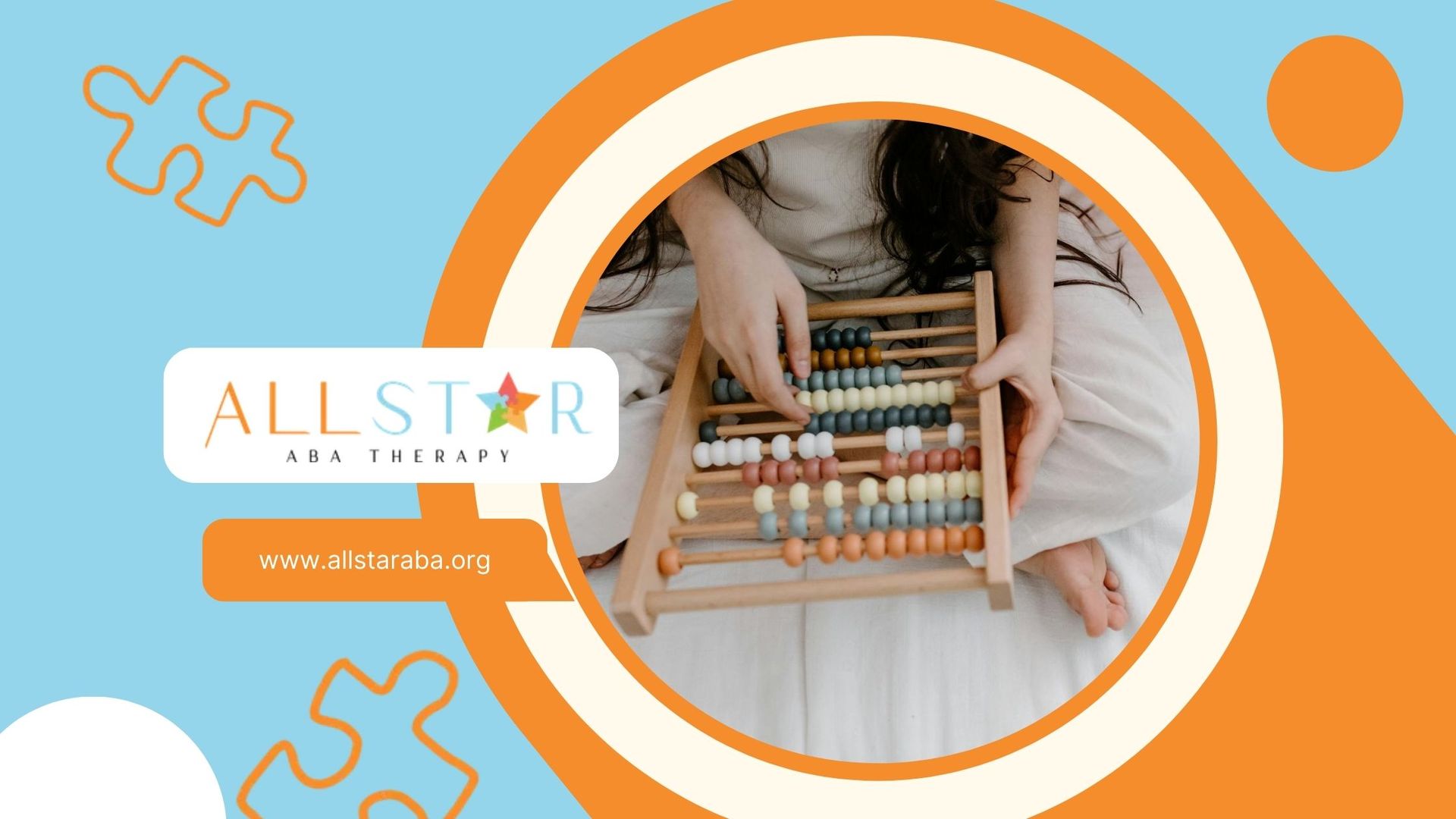New Paragraph
Love Languages for Autistic Individuals
Cracking the Code of Love Languages
Love languages are like the secret sauce in relationships, helping folks express and feel love in ways that hit home. When it comes to autism, figuring out these love languages can be a game-changer, making connections deeper and more meaningful.
What Are Love Languages?
Gary Chapman, in his book "The Five Love Languages: How to Express Heartfelt Commitment to Your Mate," breaks down love into five main ways people show and receive affection:
- Words of Affirmation: Think compliments, kind words, and verbal pats on the back. It's all about using words to lift someone up.
- Acts of Service: Actions speak louder than words here. Doing something helpful or thoughtful, like running an errand or fixing something, shows you care.
- Quality Time: This is about giving someone your undivided attention. Whether it's a deep conversation or just hanging out, it's the time spent together that counts.
- Physical Touch: Hugs, cuddles, and hand-holding fall into this category. It's all about physical closeness and touch.
- Receiving Gifts: This isn't about expensive stuff. It's the thought behind the gift that matters—a small token that shows you were thinking of them.
Why Bother with Love Languages?
Knowing love languages can make a world of difference. It helps you show love in a way that really resonates with your partner, family, or friends. When you speak someone's love language, it strengthens your bond and makes your relationship more satisfying.
For autistic individuals, this understanding is even more crucial. Autism can affect how people communicate and interact socially, so knowing their love language helps bridge those gaps. It’s like having a personalized guide to showing love in a way that feels right for them.
Making Love Languages Work for Autistic Individuals
Autistic folks might have unique ways of expressing and receiving love. Here’s how you can adapt:
- Words of Affirmation: Be clear and direct. Simple, honest compliments can go a long way.
- Acts of Service: Small, thoughtful actions can mean the world. Helping with a task they find challenging can be a big deal.
- Quality Time: Find activities they enjoy and join in. Even if it’s just sitting together quietly, your presence matters.
- Physical Touch: Respect their comfort levels. Some might love hugs, while others might prefer a gentle pat on the back.
- Receiving Gifts: Pay attention to their interests. A small, meaningful gift related to their hobbies can be very special.
By tuning into these love languages, you create a loving environment that respects and understands the unique needs of autistic individuals. This not only strengthens your relationship but also fosters a sense of belonging and emotional well-being.
So, next time you're with your loved one, think about their love language. It might just be the key to a happier, more connected relationship.
Love Languages for Autistic Individuals
Autistic folks have their own special ways of communicating that might not always match up with how neurotypical people do it. Getting a handle on these differences is key when you're trying to show love and affection. Let's dive into the unique ways autistic individuals communicate and the hurdles they might face in expressing love.
Unique Communication Styles
Autism affects how people interact and communicate. Some autistic individuals might find verbal and non-verbal communication tricky, which can make expressing love a bit of a challenge. They might prefer non-verbal methods like visual aids, sign language, or AAC (Augmentative and Alternative Communication) systems. Others might miss social cues and need more straightforward ways to communicate.
Respecting these unique styles is super important when you're showing love to someone with autism. Their go-to methods might not be what you're used to, so it's crucial to adapt and meet them where they're at.
Challenges in Expressing Love
Showing love can be tough for autistic individuals for a bunch of reasons. Here are some common challenges:
- Reading Social Cues: Autistic folks might struggle with picking up on non-verbal signals like facial expressions, body language, and tone of voice. This can make it hard for them to recognize when someone is showing love.
- Sensory Sensitivities: Many autistic individuals have sensory issues, so things like hugs or other physical touches might be too much for them. It's important to find ways to show love that don't overwhelm their senses.
- Abstract Concepts: Love and affection can be abstract ideas that are hard to grasp. Some autistic people might need concrete examples or visual aids to understand and express these feelings.
- Verbal Communication: Talking about emotions can be tough if someone has limited speech or finds it hard to express feelings verbally. Patience and openness to other forms of communication are key.
By understanding these challenges, you can create a loving and supportive environment that's meaningful for autistic individuals. Next, we'll look at how to figure out their love languages and adapt them to fit their needs. For more tips on this, check out our article on autistic individuals and love languages.
Identifying Love Languages
Figuring out how to show love to autistic folks can be a bit different, but it's just as important. Everyone has their own way of giving and receiving love, and autistic individuals are no exception. Their communication might look a little different, but with some observation and understanding, you can connect on a deeper level. Let's break it down into two main approaches: watching and listening, and picking up on non-verbal cues.
Observation and Listening
Watching and really listening can help you figure out how autistic individuals express and receive love. Pay attention to their actions, reactions, and what makes them tick.
Notice how they interact with others. Look at their facial expressions, body language, and how they react in different situations. For instance, some might light up when they get a compliment, while others might show they care through a hug or by doing something nice for you.
Have real conversations and listen to what they like and dislike. Ask open-ended questions to get them talking about their feelings. They might not always find it easy to put their emotions into words, so be patient and make them feel safe to share.
Understanding Non-Verbal Cues
Non-verbal cues are a big deal when it comes to understanding autistic individuals' love languages. They often communicate through gestures, body language, and facial expressions. Learning to read these signs can help you understand their emotional needs better.
Watch how they react to different types of touch. Some might love a gentle hug, while others might find it too much. Respect their comfort levels and boundaries.
Also, see how they spend time with loved ones. Some might love hanging out and doing things together, while others might show love by helping out or giving gifts.
By tuning into these non-verbal cues and preferences, you can get a better idea of their love languages and show your love in ways that resonate with them. Remember, everyone is unique, and it might take some time to fully understand their love languages. Be patient and keep trying.
Types of Love Languages
Understanding how autistic individuals express and perceive love is key to building strong connections. While everyone has their own way of showing love, autistic folks might have unique preferences and sensitivities. Let's break down the five main love languages:
Words of Affirmation
Words of affirmation are all about expressing love, appreciation, and encouragement through spoken or written words. For autistic individuals, positive and affirming words can make a big difference in their emotional well-being and sense of connection. Simple verbal praise, compliments, and encouragement can reinforce feelings of love and support.
Studies show that affectionate and positive words boost relationship satisfaction and emotional well-being. Taking the time to offer genuine verbal affirmations can nurture the emotional bond with autistic individuals.
Acts of Service
Acts of service involve helping and supporting others as a way to show love. For autistic individuals, these acts can be especially meaningful. Simple gestures like helping with daily tasks, preparing meals, or offering support during tough times can show care and love.
Research indicates that acts of service enhance relationship satisfaction and emotional connection. Understanding the specific needs and preferences of autistic individuals and offering assistance accordingly can deepen the sense of love and understanding.
Quality Time
Quality time means giving undivided attention and sharing meaningful experiences together. For autistic individuals, quality time can be crucial for building emotional connections. Engaging in shared activities, listening attentively, and being present can create a sense of security and love.
Research shows that spending quality time together is linked to relationship satisfaction and emotional well-being. Being aware of sensory sensitivities and creating a calm environment can make quality time more enjoyable for autistic individuals.
Physical Touch
Physical touch involves expressing love through hugs, holding hands, or other forms of physical contact. While physical touch can be tricky for some autistic individuals, it can still be a powerful way to show love. It's important to respect personal boundaries and sensitivities when engaging in physical touch with autistic individuals.
Research suggests that appropriate physical touch can boost emotional well-being and relationship satisfaction. Being attuned to the sensory needs and preferences of autistic individuals ensures that physical touch is experienced positively and comfortably.
Receiving Gifts
Receiving gifts involves giving thoughtful presents as a symbol of love and appreciation. For autistic individuals, receiving gifts can be a meaningful way to express love and connection. Thoughtfully chosen gifts that align with their interests and preferences can convey understanding and care.
Research shows that gift-giving holds social and emotional significance. Taking the time to understand the specific interests and preferences of autistic individuals and selecting gifts that resonate with them can foster a sense of love and appreciation.
Understanding and embracing different love languages can help create a more inclusive and supportive environment for autistic individuals. By tailoring our expressions of love to their unique needs and preferences, we can foster love, understanding, and emotional connection in meaningful ways.
Crafting Love Languages for Autistic Folks
Showing love to someone with autism means tuning into their unique ways of communicating and feeling. It's all about understanding their world and making sure they feel seen and valued.
Personal Touch
Everyone's different, and that's especially true for autistic individuals. They have their own ways of showing and receiving love, and it's our job to figure out what works best for them. Maybe they light up when you talk about their favorite hobby, or perhaps they feel loved when you spend quiet time together. The key is to pay attention and learn what makes them tick.
Getting to know an autistic person means diving into their interests and what makes them happy. Chat with them and their caregivers, read up on autism, and keep an open mind. Books like "Autism and the Family" by Kate E. Fiske and "The Autism Discussion Page" by Bill Nason can be super helpful.
Sensory Stuff
Sensory experiences are a big deal for autistic folks. They might be extra sensitive to sounds, lights, or touch. So, when you're thinking about love languages, keep their sensory needs in mind.
For instance, if someone doesn't like being touched, hugs might not be the best way to show love. Instead, try using kind words, gentle gestures, or creating a peaceful space. It's all about finding what feels good for them.
Understanding sensory differences can make a huge difference. Books like "The Out-of-Sync Child" by Carol Kranowitz and "Sensory Perceptual Issues in Autism" by Olga Bogdashina offer great insights into how autistic individuals experience the world.
By focusing on personal preferences and sensory needs, we can build stronger, more loving relationships with autistic individuals. This approach helps us connect on a deeper level and shows them that we truly care.
For more tips on supporting autistic folks, including how to show love, check out "The Autism Discussion Page on Anxiety, Behavior, School, and Parenting Strategies" by Bill Nason. It's packed with useful advice and strategies.
The Power of Love Languages
Getting a grip on love languages for autistic folks can really change the game in their relationships and emotional health. By figuring out and speaking their love language, you can make relationships stronger and create deeper emotional bonds.
Building Stronger Bonds
When you show love and affection in a way that clicks with autistic individuals, it can make a world of difference. Gary Chapman’s book "The 5 Love Languages: The Secret to Love that Lasts" talks about how important it is to express love in a way that means something to the other person.
For autistic people, knowing their love language helps their loved ones show care more effectively. Whether it's words of affirmation, acts of service, quality time, physical touch, or receiving gifts, using the right love language can build trust, create emotional connections, and deepen relationships.
Studies show that expressing love in a way that the other person gets can boost intimacy, satisfaction, and overall relationship quality. It makes both partners feel valued, supported, and understood, which is key for any relationship to thrive.
Boosting Emotional Connections
Using love languages with autistic individuals can also boost emotional connections. Love languages give you a way to express emotions and connect on a deeper level. By speaking their love language, you meet their emotional needs, leading to more security, happiness, and overall emotional well-being.
Each love language hits different emotional needs. Words of affirmation can boost self-esteem, acts of service show care, quality time creates closeness, physical touch offers comfort, and receiving gifts shows thoughtfulness and love.
By knowing their preferred love language, family, friends, and caregivers can show love in a way that meets the unique needs of autistic individuals. This helps them feel understood, accepted, and loved, fostering deeper emotional connections and a sense of belonging.
In short, recognizing and using love languages for autistic individuals can make a huge difference in their relationships and emotional health. By speaking their love language, you can strengthen relationships, boost emotional connections, and create a deeper sense of love and understanding.
Need Support?
We're Here to Help!
Our experienced team is ready to assist you. Reach out today to discuss how we can support your child's development and well-being.
Get started with expert ABA therapy today.
Related posts

All Star ABA delivers the gold standard of care, Applied Behavioral Analysis (ABA) therapy, for individuals diagnosed with ASD, from infancy to age 21.
Quick Links
All Rights Reserved | All Star ABA







